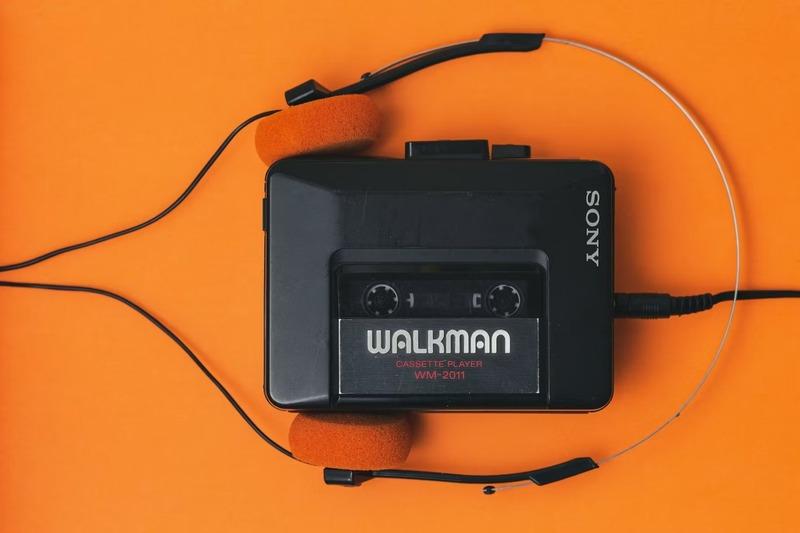Lossless audio is essentially just audio that’s presented in its purest form, exactly as the artist intended it to be heard. Vinyl records are a great source of lossless audio, as the records themselves are nothing but analogue media that capture every part of an analogue wave in their grooves. The analogue sound of these records sound closer to how artists sound live, and is significantly different from the digital audio that most of us listen to these days. Modern-day solutions offer a convenient way to access huge libraries of music from anywhere at any given time. But this added convenience affects the overall quality of the music.
Most of the music we listen to these days is heavily compressed to save space on our devices or consume less mobile data while streaming. This compression can significantly degrade the audio quality. If you wish to listen to music in its highest quality, just the way the artist intended, lossless audio is the answer. But what is lossless audio anyway? Is it significantly superior to MP3 and other compressed audio formats?
Most audio files you download from the internet these days are generally in MP3 format. This format is popular since it’s widely supported across multiple devices without any compatibility issues. However, MP3 is a compressed audio format, which basically means you’re losing out on some information that you may otherwise hear on a lossless audio file. The reason we say may is because even some audiophiles claim they cannot differentiate between 320kbps MP3 and a lossless format like FLAC. Audio streaming services also use a format known as AAC which will usually sound better than MP3 at the same bitrates.
And not all lossless audio you hear is uncompressed…
Quite an interesting post, and it shows too, that a lot will depend on the actual music/audio service you’re subscribing to, or when you source your digital audio from. That source largely decides what quality audio you’re going to be able to access.
And the article also explains why your lossless audio source is not going to be experienced that way on any true wireless Bluetooth earbuds, no matter how expensive they are.

